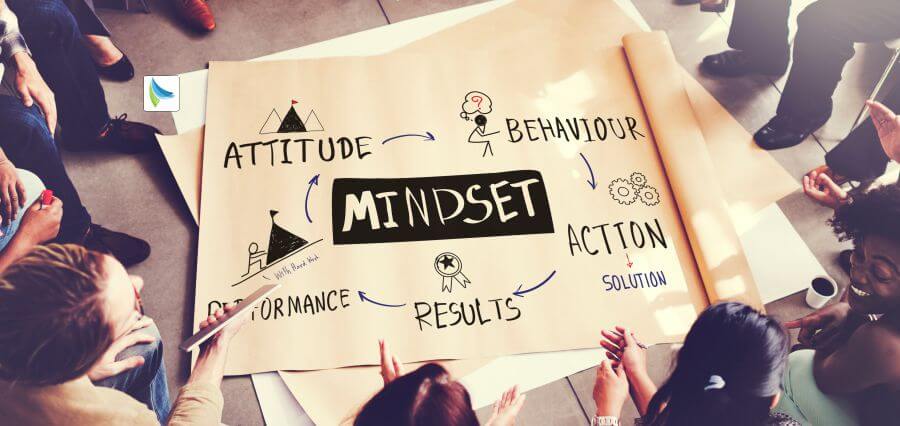With the rapidly changing face of business in the quickly developing commercial era, 2025 will be the year of turnaround for innovation and change. The changing nature of customer expectations paired with technological strides accelerating at lightning speed is recasting the rulebook on the way to connect with customers. From engaging digital experiences to customized in-store encounters, customer experience is being reinvented by several dominant retail forces that are not only revolutionizing the game but rewriting the rulebook, altogether.
Hyper-Personalization: Beyond Just Knowing the Customer’s Name
Among the most common retailer trends influencing consumer experience is hyper-personalization. As of 2025, sending a birthday email to a customer no longer cuts it. Retailers are using artificial intelligence (AI), machine learning, and predictive analytics to predict needs and provide genuinely personalized experiences. That includes not just tailored product suggestions but also dynamic prices, personalized shopping experiences, and even live customer service responses based on user behaviors and tastes.
They are the ones pioneering retail, leveraging data to create every moment of interaction to be highly personalized. From an app that recalls your skin type to a digital assistant that pre-loads your shopping list based on previous purchases, hyper-personalization is the new norm.
Omnichannel Retailing Becomes Seamless
Those days are past when physical locations and websites existed as isolated silos. Connected omnichannel experiences have turned out to be one of the strongest retail tendencies of 2025. Users want to shift smoothly between physical and digital channels. They could browse products online, test in-store, and seal the bargain from a mobile app.
Retailing behemoths are investing heavily in merging these touch points. Customers, for example, at Nike concept stores can scroll through products using their phones, see if a product is stocked elsewhere, and have it home delivered without losing an ounce to convenience. This ground-up knowledge of the customer journey is making businesses competitive and cool.
Augmented Reality (AR) and Virtual Reality (VR) Take Interaction to the Next Level
Another revolutionary trend that is remodeling the shopping experience is the application of AR and VR. As of 2025, these technologies are not new but necessary tools anymore. AR allows customers to virtually try on clothing, cosmetics, or even furniture, and VR is able to immerse shoppers in completely interactive environments where they are able to visit new product categories or experience services.
Shopper brands such as IKEA and L’Oréal are embracing AR platforms whereby buyers see the product sitting in their lounge or on them, making shopping more confident. Retail trends such as these don’t only streamline returns but build memorable lasting moments, creating more loyal relationships.
Sustainability as a Core Expectation
Sustainability is no longer an added value but a given. Among the strongest retail trends to redefine shopper expectations in 2025 is demanding responsible sourcing, eco-packaging, and open supply chains. Today’s consumers, particularly Gen Z and Millennials, are actively selecting brands they believe in.
They’re answering back by going green and being transparent about their environmental footprint. Circular fashion, zero-waste packaging, and carbon offsetting are the new norms. Patagonia, for instance, continues to set the bar higher, utilizing its platform not only to sell equipment but to promote environmental stewardship. People want to feel good about what they buy, and sustainability offers that emotional bond.
Experiential Retail Redefines the Storefront
Physical stores are evolving from transactional spaces to experience centers. One of the characteristic aspects of retail trends in 2025 is the focus on building immersive, interactive experiences. Stores are increasingly becoming destinations for consumers to shop, learn, play, and interact with the brand.
Apple Stores, for example, have been community hubs where individuals go to workshops or receive assistance. Increasingly, more brands are doing the same. From pop-up experiences to interactive exhibits and cafes inside stores, retailers are creating spaces that blend lifestyle and commerce. These experiences create more emotional connections and dwell time—two drivers that have a considerable influence on buying behavior.
AI-Powered Customer Service and Automation
Customer care has made a giant leap towards AI and automation. Chatbots now are advanced, answering intricate questions, and even predicting what the customer would require next. Automated counters, facial recognition technology, and intelligent fitting rooms are making shopping a seamless experience.
These retail tendencies are not just about simplifying but also about accentuating the human touch where most required. As AI takes care of mundane questions, human staff is free to work on relationship establishment and intricate problem resolution, resulting in higher overall customer satisfaction.
Social Commerce and Influencer Integration
The impact of the power of social media on the retail sector is still increasing larger. Shopping in 2025 is as much a social event as it is personal. Shopping directly on these social media platforms of Instagram, TikTok, and Pinterest is through the roof. The trend combines entertainment blended with instant gratification, particularly with younger generations.
They are collaborating with influencers, live shopping, and incorporating shoppable content that shifts users from discovery to purchase within seconds. Such retail trends are blurring content and commerce, and brand experiences are becoming second nature and participatory.
Conclusion: The Human Connection in a Tech-Driven World
Though technology propels much of the new retailing, ultimately, the objective is the same: to build worthwhile, human-experiential relationships. In 2025, successful retailers will be those that innovate without compromising empathy, trust, and customization.
As companies keep inventing, the customer experience will be the biggest war zone for growth and loyalty. The most innovative companies will be those that make every touch digital or physical a transaction into a chance to engage, motivate, and serve.













